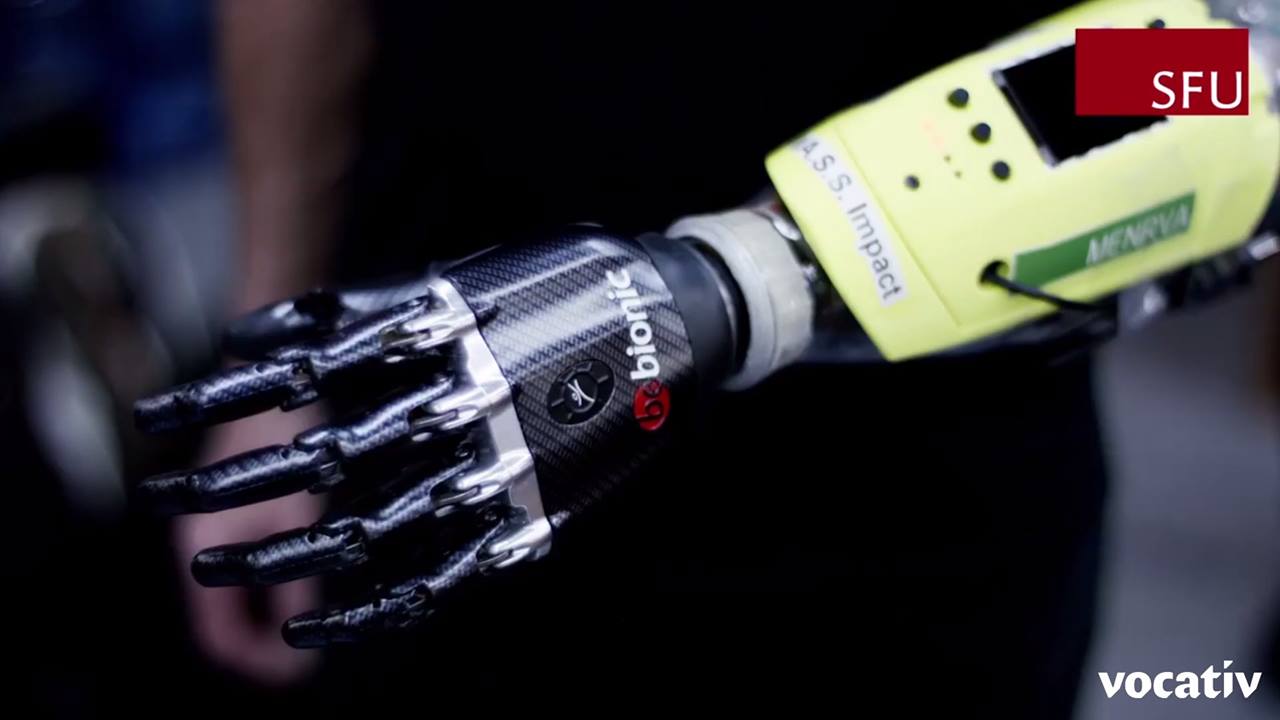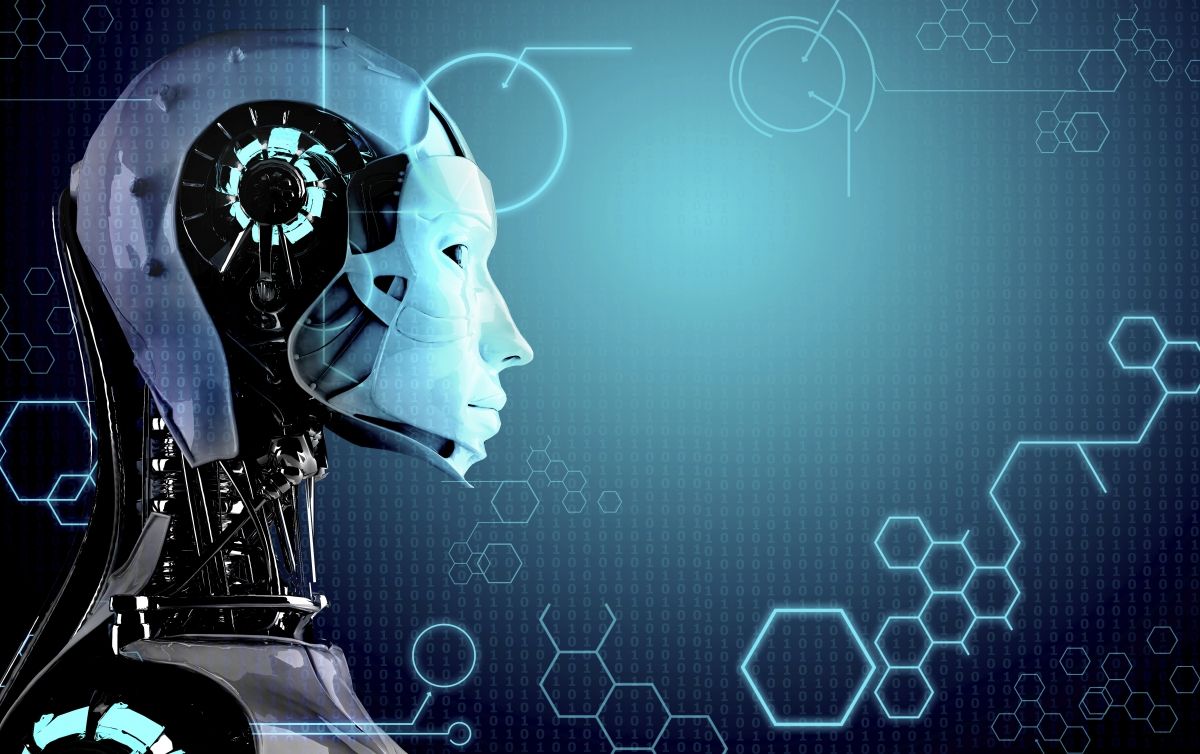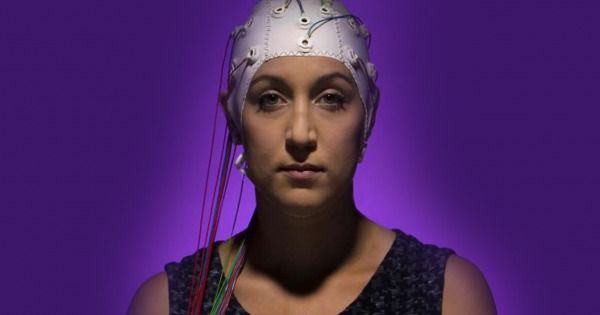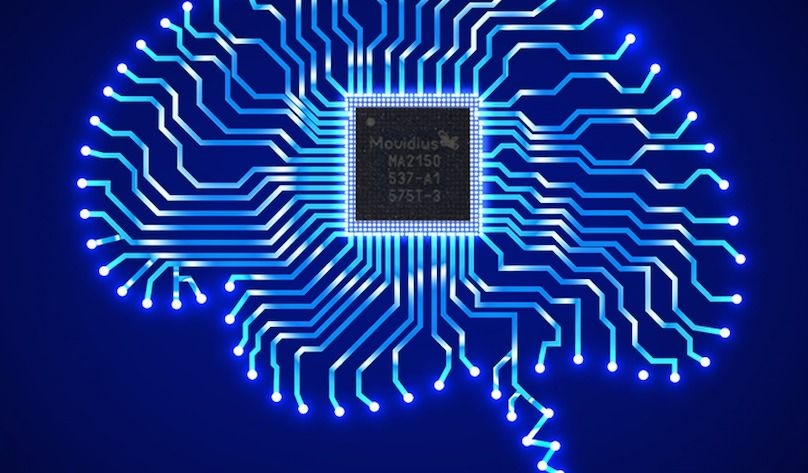Page 10924
May 9, 2016
This vitamin stops the aging process in organs, say Swiss researchers
Posted by Shailesh Prasad in categories: biotech/medical, life extension

EPFL researchers have restored the ability of mice organs to regenerate and extend life by simply administering nicotinamide riboside (NR) to them.
NR has been shown in previous studies to be effective in boosting metabolism and treating a number of degenerative diseases. Now, an article by PhD student Hongbo Zhang published in Science also describes the restorative effects of NR on the functioning of stem cells for regenerating organs.
Continue reading “This vitamin stops the aging process in organs, say Swiss researchers” »
May 8, 2016
General atomics railgun has successful tests which will lead to army truck based railgun system
Posted by Sean Brazell in categories: electronics, transportation

https://youtube.com/watch?v=M3C6lrTkBXU
General Atomics Electromagnetic Systems (GA-EMS) officials demonstrated its Blitzer electromagnetic railgun system at the U.S. Army’s Fires Center of Excellence annual Maneuver and Fires Integration Experiment (MFIX)last month at Ft. Sill in Lawton, Oklahoma.
There were eleven firings of the Blitzer railgun during the MFIX event, all at a target with a range that was greater than previous Blitzer firings. At the end of MFIX, GA-EMS’ Blitzer railgun system will be transported back to Dugway Proving Ground in Utah for more testing later this year.
May 8, 2016
These Super-Efficient Solar Panels Are Light Enough To Install Almost Anywhere
Posted by Klaus Baldauf in categories: solar power, sustainability
May 8, 2016
You Can “Feel” Your Fingers With This Bionic Arm
Posted by Shailesh Prasad in categories: biotech/medical, cyborgs, transhumanism

You Can “Feel” Your Fingers With This Bionic Arm
Researchers have built a bionic arm that allows patients to control and “feel” their individual fingers.
May 8, 2016
How reverse photosynthesis uses sunlight to make fuel
Posted by Shailesh Prasad in categories: energy, entertainment
Researchers are developing a potentially game-changing method of producing fuels and chemicals.
May 8, 2016
Scientists Can Now Identify Individuals Based on Brain Waves—And It’s 100% Accurate
Posted by Shailesh Prasad in category: neuroscience
Researchers discovered that people respond to stimuli differently enough that it is possible to create a unique signature, a brainprint, that could one day replace fingerprints in a number of instances.
For the longest time, the world has relied on fingerprints as a way to easily identify individuals. This is because a fingerprint is unique (and permanent) for each person—so what happens when someone’s fingerprint is stolen? This may sound a little farfetched, but it is easy enough to take a fingerprint from another, you just need to swipe a glass that they held.
And of course, you can’t grow a new finger to replace the print. This means that, when it gets compromised, it’s compromised forever. But now, researchers from Binghamton University have found a more efficient way to identify people—using brain waves.
May 8, 2016
Scientists Make Sea Water Drinkable, Produce 6.3 Million Litres A Day
Posted by Shailesh Prasad in category: space
From a whale song to a kiss, the time capsule sent into space in 1977 had some interesting content NASA placed a more ambitious message a…
May 8, 2016
Graphene electronic paper developed in China
Posted by Shailesh Prasad in category: materials
The world’s first graphene-based electronic paper for use in both hard and flexible displays for electronic devices has been developed in China.
Electronic paper display company Guangzhou OED Technologies announced it has developed the graphene-based e-paper, which it described as being more pliable and having higher light transmittance than existing types of e-paper.
As a result, graphene-based displays would be brighter but also cheaper, as graphene is based on the abundant element carbon, the firm said. Conventional e-paper is made of the rather costly rare metal indium.
Continue reading “Graphene electronic paper developed in China” »
May 8, 2016
AI-On-A-Chip Soon Will Make Phones, Drones And More A Lot Smarter
Posted by Klaus Baldauf in categories: computing, drones, mobile phones, robotics/AI, transportation, wearables
Movidius’ Myriad 2 vision processing chip (Photo: Movidius)
The branch of artificial intelligence called deep learning has given us new wonders such as self-driving cars and instant language translation on our phones. Now it’s about to injects smarts into every other object imaginable.
That’s because makers of silicon processors from giants such as Intel Corp. and Qualcomm Technologies Inc. as well as a raft of smaller companies are starting to embed deep learning software into their chips, particularly for mobile vision applications. In fairly short order, that’s likely to lead to much smarter phones, drones, robots, cameras, wearables and more.
Continue reading “AI-On-A-Chip Soon Will Make Phones, Drones And More A Lot Smarter” »















